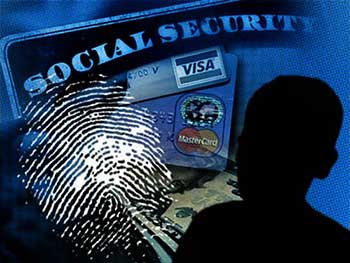Congress last night passed anti-fraud measures in the Economic Growth, Regulatory Relief and Consumer Protection Act to help prevent synthetic identity fraud, in which criminals create and use made-up identities composed in part from credit-inactive Social Security numbers to secure loans. Section 215 of the calls on the Social Security Administration to provide banks with an electronic system to check the name and date of birth linked to a given Social Security number, with results typically available in 24 hours. The current system for checking SSNs takes several days to process and requires the consumer’s hand-written signature.
The Act also provides regulatory relief for small community banks and credit unions, and now awaits the President’s review. In response, an expert on synthetic identity fraud with NuData Security commented below.
Robert Capps, VP of Business Development at NuData Security:
 “The use of children’s and other unsuspecting consumers’ information for criminal purposes goes unseen for many years. Victims don’t find out until they – once they become an adult – are denied a school loan or other forms of credit due to false indicators of their fraudulent behavior. The step the Congress has taken is important to proactively prevent a consumer or child from becoming a victim of fraud.
“The use of children’s and other unsuspecting consumers’ information for criminal purposes goes unseen for many years. Victims don’t find out until they – once they become an adult – are denied a school loan or other forms of credit due to false indicators of their fraudulent behavior. The step the Congress has taken is important to proactively prevent a consumer or child from becoming a victim of fraud.
“Synthetic identity theft is one of the reasons many eCommerce companies and financial institutions are turning to multi-layered solutions that incorporate passive biometrics and behavioral analytics. With these technologies, even when the consumer’s static information (such as social security numbers, date of birth, and other data) is stolen, the breached credentials cannot be used to log into someone else’s account or to make a fraudulent transaction – making the stolen data useless.
“Stolen data is often used in automated attacks to create new accounts or try to find a user’s password. With passive biometrics and behavioral analytics these attempts are thwarted, rendering the stolen data from fraudsters valueless. The hundreds of data points analyzed by these technologies help identify a legitimate user or a fraudster, protecting consumers, merchants, and institutions.”
The opinions expressed in this post belongs to the individual contributors and do not necessarily reflect the views of Information Security Buzz.



